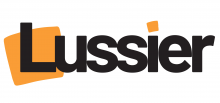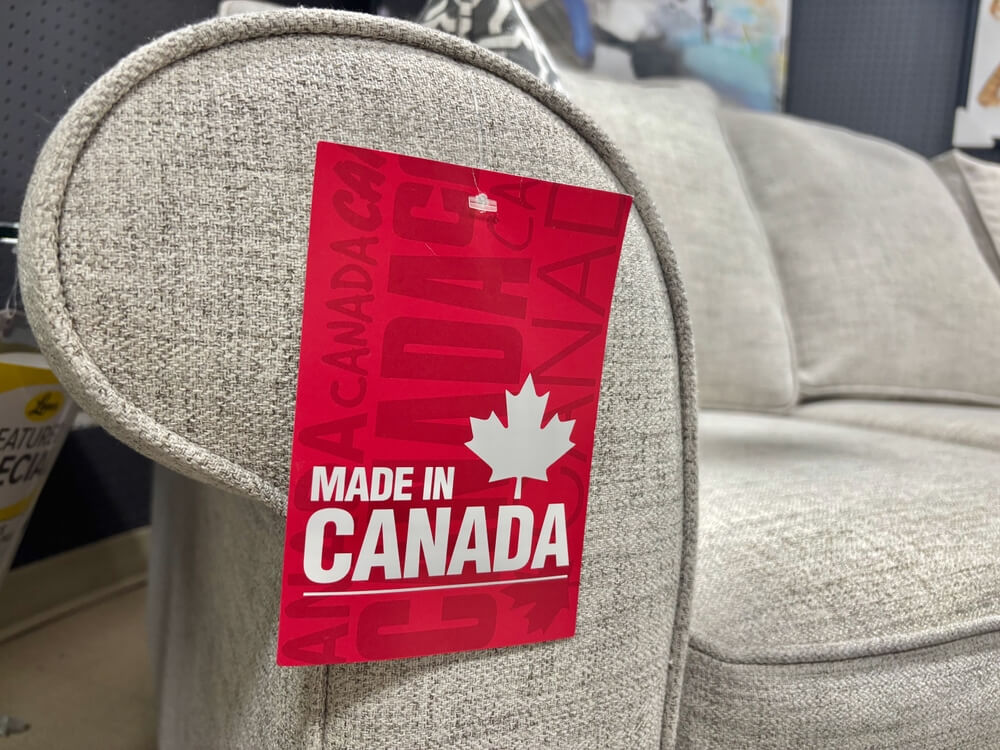Looking for a New Bank Account?
Learn about the best bank accounts in Canada to find the perfect fit for all your banking needs.
What type of bank account are you looking for?
Not all bank accounts serve the same purpose. Each type of bank account caters to different personal banking needs and financial goals, so depending on what you’re looking for, one type of bank account might be better for you than another. Find the best account for your banking needs by understanding the different types of banking account options available to you.
Savings accounts
Savings accounts are a necessity for every Canadian. Savings accounts help you save up for your financial goal, such as purchasing your first house or jetting away on your dream vacation. Most savings accounts and high-interest savings accounts offer you interest rates ranging from 0.5% to 2.75%, much more than a standard chequing account would provide. On Rates.ca, you can compare the interest rates to find the best savings accounts and high-interest savings accounts today.
Should I sign up for a savings account or a chequing account?
Can’t decide between a savings or chequing account? This table breaks down the key differences between these popular accounts.
Chequing account
- Purpose: Designed for your day-to-day transactions like grocery and gas purchases.
- Features
- Convenient way to manage your money for your daily needs like bill payments, food purchases.
- Comes with a linked debit card that allows you to easily access your chequing account balance and go cashless.
- You get access to cheques.
- Drawbacks
- You won't be able to accrue any significant interest.
- You may have to pay a small fee for multiple transactions.
Savings account
- Purpose: Designed for short-to-medium term saving goals like purchasing a home, saving up for tuition, etc.
- Features
- Great way to accrue interest on your savings, maximizing the worth of your dollar.
- Several banks offer better interest rates depending on the amount of money you’ve kept in your savings account. The higher the amount, the better the interest rate.
- Great way to safely save up for big purchases, due to the limited amount of withdrawals, you won’t be tempted to spend from your savings account.
- You can withdraw funds quickly for emergencies – vs. some other investment types which can take longer to access (Mutual fund might take a day or two).
- Drawbacks
- Most savings accounts don’t come with cheques.
- You may have limits to how much money you can withdraw.
- Most savings accounts don't come with a debit card, meaning you’ll have to transfer the required funds to a chequing account first.
Frequently asked questions about bank accounts
We’ve compiled the most commonly asked personal banking account questions we hear.
How do you open a bank account in Canada?
To open a bank account in Canada, you must have the following:
- Two pieces of government identification such as a passport, driver’s license, PR card etc.
- An opening deposit
Depending on the financial institution, bank accounts can be opened online or in person.
New to the country?
Canadian bank accounts allow you to manage your money in a safe and smart way. For newcomers to the country, opening a bank account with a Canadian financial institution helps you to make your initial purchases more easily. Some banks offer great services for newcomers, such as international money transfers and global ATM access. Check out different financial institutions to discover the perks that work for you!
How can I save money when it comes to everyday personal banking?
Be smarter about your personal banking decisions with the following tips:
- Choose your bank account wisely: Sticking with a basic bank account might be convenient, but it won’t save you any money in the long run. When looking for a bank account, evaluate your financial needs and banking habits to find an account that matches your lifestyle.
- Meet the minimum balance requirement: Most Canadian bank accounts come with a variety of fees, but you can learn how to avoid these banking costs by maintaining a certain daily closing balance and limiting your transactions. Ask your bank about the necessary bank balance and transaction limits that come with your account.
Can I use my debit card to withdraw from savings?
If your savings account comes with a debit card, or is linked to your existing debit card, you can make withdrawals. However, usually these withdrawals come with a fee. If you want to avoid this fee, you can transfer the required funds to your chequing account to make the withdrawal, but you may lose some of your interest by doing so. This is because savings accounts aren’t meant for day-to-day transactions. If you want to use your debit card often, a chequing account is the better choice.
Investing accounts
If you’re looking to invest your money, you can opt for different types of investment accounts such as TFSAs or RRSPs. You can also hold certain investments within an investment product, such as a Guaranteed Investment Certificate (GICs). Learn more.
Tax-Free Savings Accounts
A TFSA is a tax-free savings account that holds a variety of investments such as, GICs, stocks and cash deposits. You can shelter all your investments under a TFSA to make your money grow faster and fulfil your short-to-long term savings goals. The Canadian Revenue Agency determines the contribution limits for a TFSA. It is important to remember that a TFSA is different from your conventional bank account. Instead of just depositing cash in your TFSA, you can hold mutual funds and other investments to maximize your rate of returns. With a TFSA, you can conveniently save up for your dream vacation, future home or that fancy car you been eyeing without the tax consequences (or benefits) of RRSPs.









